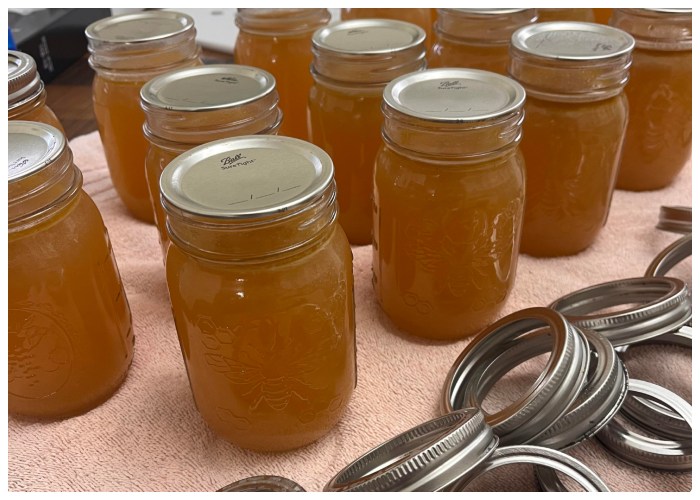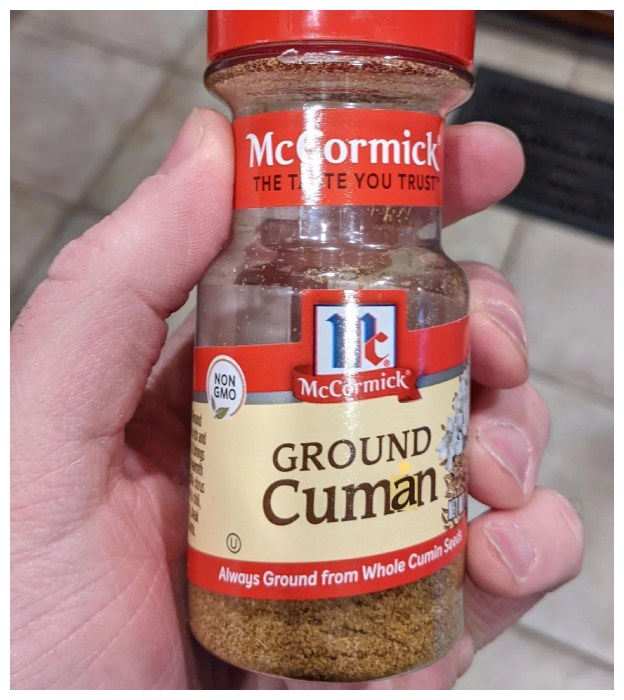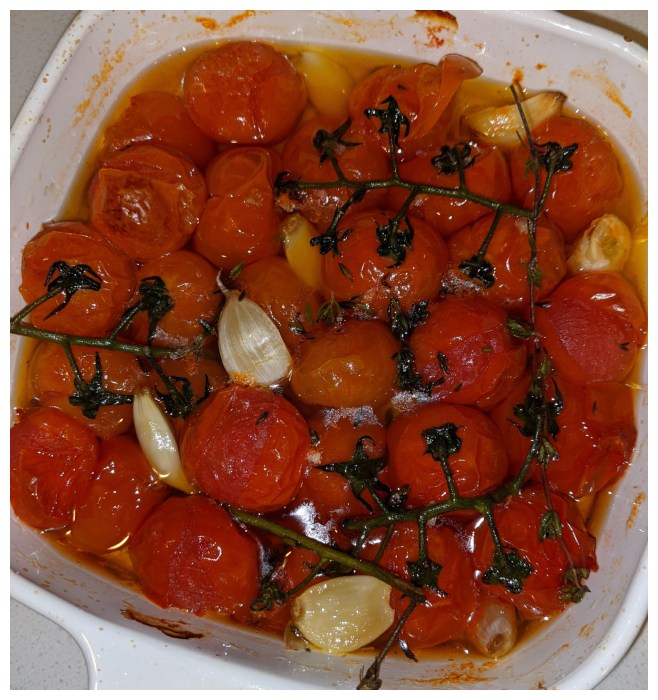Great cooking isn’t just about following recipes—it’s about knowing how to layer flavors, enhance textures, and bring out the best in every dish. Some of the most powerful kitchen upgrades come from ingredients you might have overlooked. These pantry staples can completely transform your meals, making them richer, deeper, and more satisfying. If you’re ready to take your cooking to the next level, start incorporating these secret ingredients into your dishes.
Worcestershire Sauce
A few dashes of Worcestershire sauce can completely change a dish, adding a rich, savory complexity that’s hard to replicate. Often overlooked beyond a Bloody Mary or a burger mix, this fermented sauce is a powerhouse of umami thanks to its blend of vinegar, molasses, anchovies, tamarind, and spices.

It brings depth to marinades, enhances the flavor of slow-cooked dishes, and can even liven up a simple soup or stir-fry. The next time your dish tastes like it’s missing something, try adding a splash of Worcestershire—it works wonders in pasta sauces, stews, and even scrambled eggs. If you’ve been using it sparingly, it’s time to rethink its potential.
Cornstarch
Cornstarch may seem like a simple thickener, but its culinary magic goes far beyond thickening soups and sauces. In Chinese cooking, it’s used to create incredibly tender meat by locking in moisture during marination—a technique called velveting. It also ensures crispy coatings on fried foods, making it an essential for perfectly golden chicken, tofu, or tempura.

When added to baked goods, it helps achieve a softer, lighter texture. Even something as basic as scrambled eggs can benefit from a touch of cornstarch, creating a fluffier, more custard-like result. If you’ve only ever used it as a last-minute fix for a runny sauce, it’s time to unlock its full potential.
Homemade Stock
Using homemade stock instead of water is one of the simplest yet most effective ways to enhance flavor in your cooking. Whether you’re making rice, risotto, soups, or sauces, stock infuses dishes with a depth that plain water simply can’t provide. While store-bought broths are convenient, they often contain unnecessary preservatives and lack the richness of a slow-simmered homemade version.

A well-made stock, whether chicken, beef, or vegetable, adds complexity and body to meals, making even the simplest dishes taste more refined. If making your own feels like a hassle, consider freezing it in ice cube trays for easy access. A little effort goes a long way in upgrading your everyday cooking.
Cumin
Cumin is often associated with bold, spiced dishes like tacos and curries, but its potential extends far beyond that. This warm, earthy spice adds depth to everything from roasted vegetables to creamy soups and even egg dishes. A pinch of cumin in a bowl of hummus, a pot of chili, or a simple vinaigrette can elevate the dish with an extra layer of complexity.

It pairs beautifully with both smoky and citrusy flavors, making it a great addition to grilled meats, stews, and even yogurt-based sauces. If you’ve only been using cumin in predictable ways, try experimenting—it’s one of the most versatile spices you can keep in your kitchen.
Confit Tomatoes
Slow-roasting cherry tomatoes in olive oil turns them into flavor-packed gems that can elevate countless dishes. The process concentrates their natural sweetness while infusing the oil with rich tomato essence, creating a two-for-one ingredient that’s perfect for drizzling over everything from pasta to grilled bread.

These soft, slightly caramelized tomatoes can be tossed into salads, spread onto sandwiches, or stirred into a simple bowl of cooked grains for an instant upgrade. They last for weeks in the fridge, making them a great way to extend the life of fresh tomatoes while keeping a burst of summery flavor on hand year-round.
Fish Sauce
Fish sauce might seem like an intimidating ingredient, but its ability to enhance flavors makes it indispensable in both Asian and non-Asian cooking. Made from fermented fish, it’s packed with umami and adds an instant depth to soups, marinades, and sauces.

While it’s a key ingredient in Thai and Vietnamese cuisine, a few drops can work wonders in unexpected places—like a Bolognese sauce or even a beef stew. The key is using it sparingly; too much can overpower a dish, but just the right amount brings out the richness in meats and enhances the savory notes of a sauce. If you’ve been hesitant to try it, start small, and you’ll quickly see why chefs swear by it.
Mayo
Mayo is often dismissed as just a sandwich spread, but it’s actually one of the most versatile ingredients in the kitchen. It acts as a secret weapon in baking, keeping cakes incredibly moist, while also serving as a brilliant substitute for butter when making grilled cheese—creating a crisp, golden crust.

It adds creaminess to salad dressings and marinades while also tenderizing meats when used in a rub. Mayo-based sauces, from garlic aioli to spicy sriracha mayo, take simple dishes to new heights. If you’ve only been using it for the occasional sandwich, it’s time to start experimenting with its full potential.
Anchovies
Anchovies have an unfair reputation, mostly due to their strong taste when eaten whole. However, when properly incorporated into a dish, they melt into the background, adding an incredible umami boost without any overpowering fishiness. Stir a few fillets into pasta sauce, blend them into a salad dressing, or dissolve them in olive oil for a deeply flavorful base.

They bring a rich, salty complexity to dishes that’s hard to achieve with any other ingredient. If you’ve avoided anchovies in the past, reconsider their potential—once you start using them the right way, you’ll never go back.